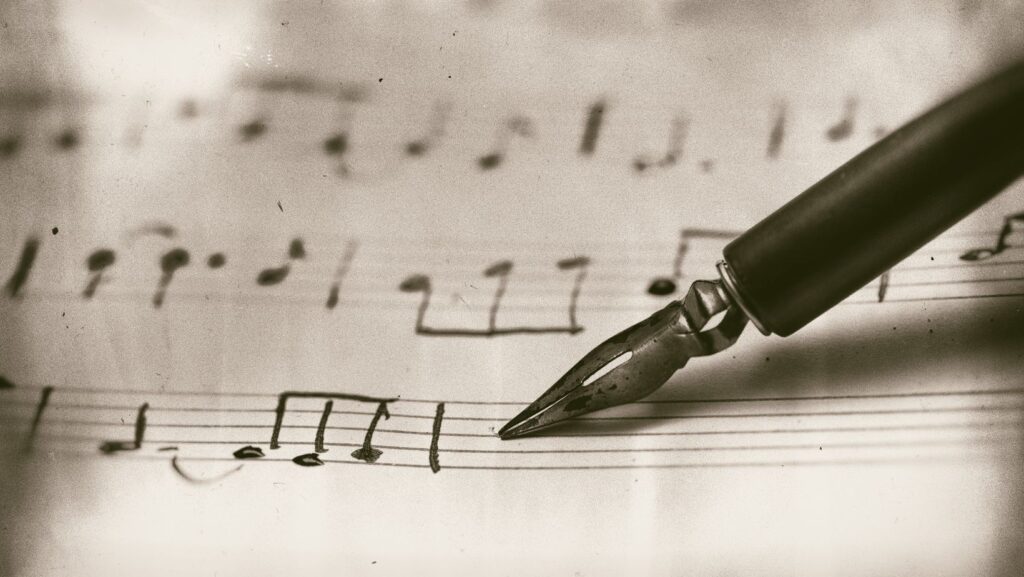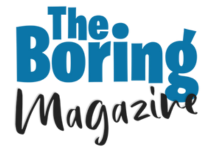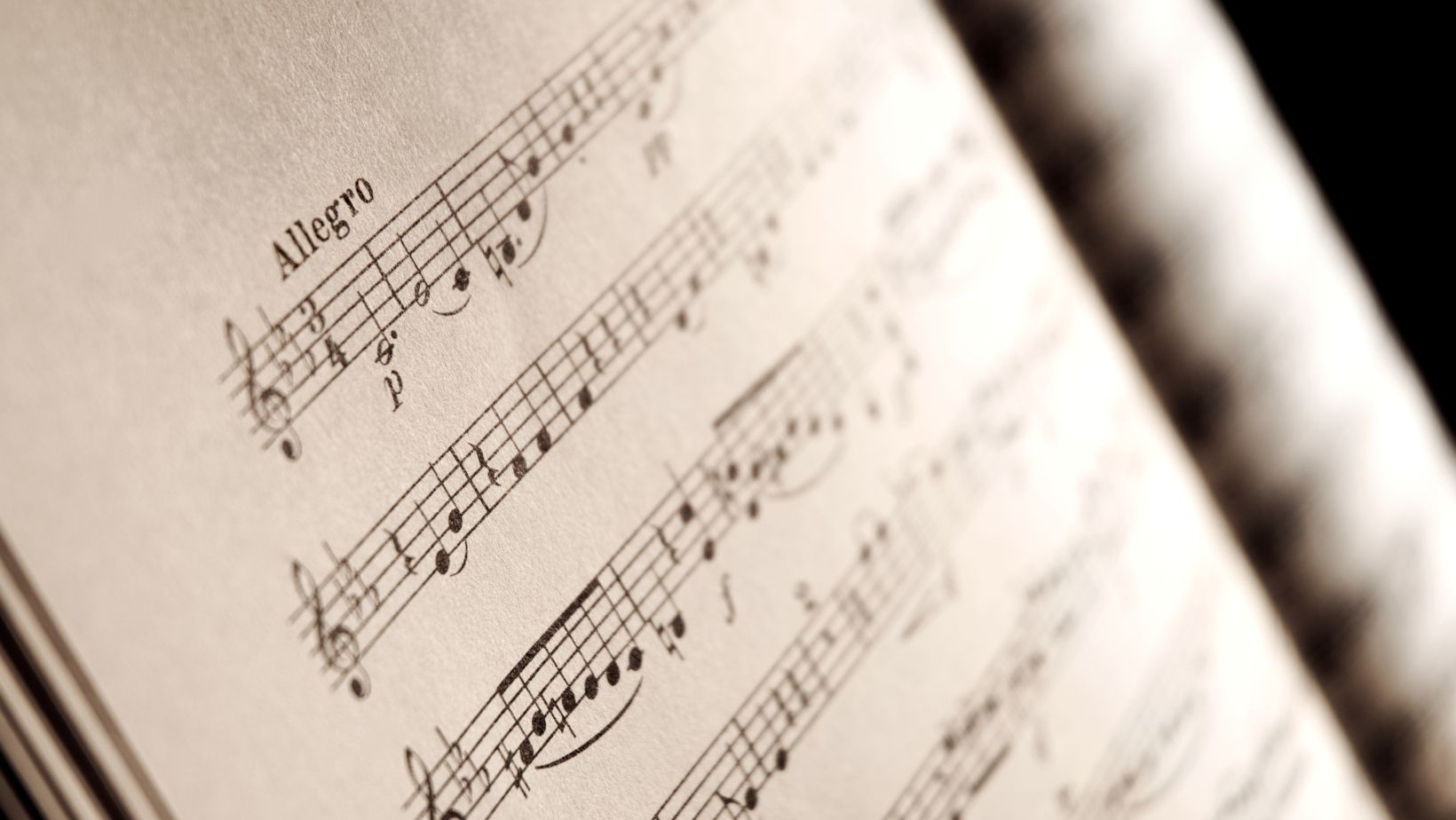You are listening to a song, perhaps something modern-ish and glitchy, perhaps something that sounds like a warped memory of a mall in the 1980s, and then you hear it! A few small, home-like fragments of a voice. Some snippets of a saxophone solo that you know because of an old pop song. A drum break that will insist that it came directly out of an old funk song.
That moment is at the center of a musical upheaval that has been brewing under the surface all these years and has now boiled over onto the main stage. This is the world of “plunderphonics”. So, how did we get here? And how do artists in 2024 navigate this tricky, fascinating landscape, without an escapist stress-relieving hobby, like the ones you enjoy so much at 22Bit? Let’s find out!
What Exactly Is “Plunderphonics”? A Simple Definition
Let’s break down this intimidating word. “Plunder” means to take stuff, and “phonics” refers to sound. So, plunderphonics is the act of creating new music by taking, or “sampling,” sounds from previously existing recordings. Think of it like a collage artist who uses clippings from old magazines to create a brand new picture. The original images are recognizable, but the final artwork is something entirely its own.
Early pioneers in the 1980s and 90s, like John Oswald, laid the groundwork. They used tape machines and early samplers to grab snippets of sound. But the internet changed everything. Suddenly, anyone with a laptop and a free audio editing program could dive into the vast, endless archive of music, movie dialogue, and commercial jingles available online.
The Aesthetic of the Internet
Two genres, in particular, have become the poster children for modern plunderphonics. They use samples in very different ways to achieve their unique feelings.
Vaporwave: Nostalgia as a Critique
Vaporwave emerged in the early 2010s. It’s a genre that sounds like you’ve fallen asleep in a shopping mall in 1992 and are having a surreal, slightly eerie dream. Vaporwave artists heavily sample smooth jazz, elevator music, 80s pop, and infomercial soundtracks. They then slow these samples down, drench them in reverb, and loop them into a hazy, hypnotic soundscape.

The goal here isn’t just to make a catchy beat. It’s an aesthetic and even an ethical statement. By repurposing the muzak of corporate capitalism, this sound holds it up for examination. It turns something designed to be ignored into something to be contemplated.
Hyperpop: A Glitchy, Maximalist Future
On the opposite end of the spectrum is hyperpop. If vaporwave is a hazy dream of the past, hyperpop is a blinding, sugar-rush vision of the future. This genre, popularized by artists on the PC Music label and collectives like 100 gecs, also relies on sampling. But its approach is completely different.
How Artists Navigate the System in 2024
So, how do today’s artists create within this system? They’ve developed a whole toolkit of strategies to keep making their art while avoiding legal trouble.
Using Royalty-Free Sample Packs and Loops: Many online platforms sell or give away packs of pre-cleared sounds and loops. Websites like Splice, Loopcloud, and Noiiz are huge resources. Artists can use these sounds legally and worry-free, though it can sometimes lead to the same loop appearing in multiple songs.
The “Creative Commons” and “Catalogue” Loophole: Some artists sample from old records that have fallen into the “public domain” (where copyright has expired), though this is very rare for modern music. More commonly, they sample from friends’ bands or other small artists and simply get a verbal agreement. There’s a whole economy of artists sampling each other within a trusted community.

